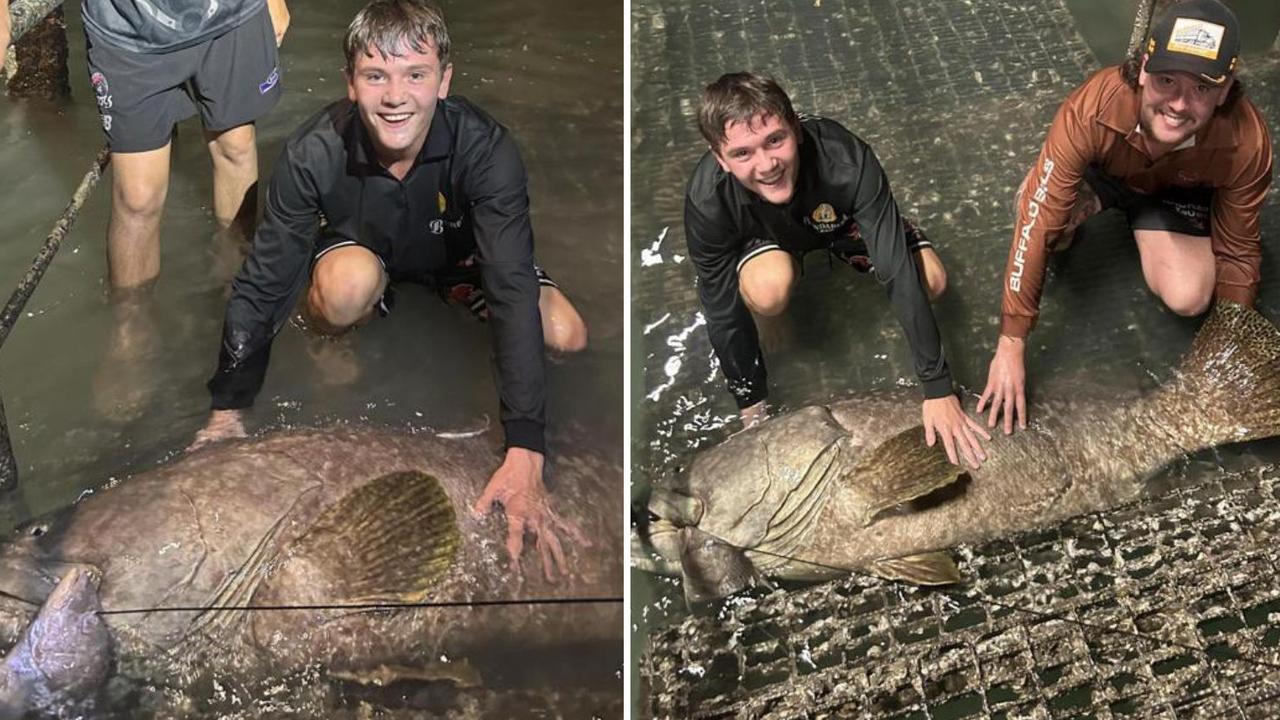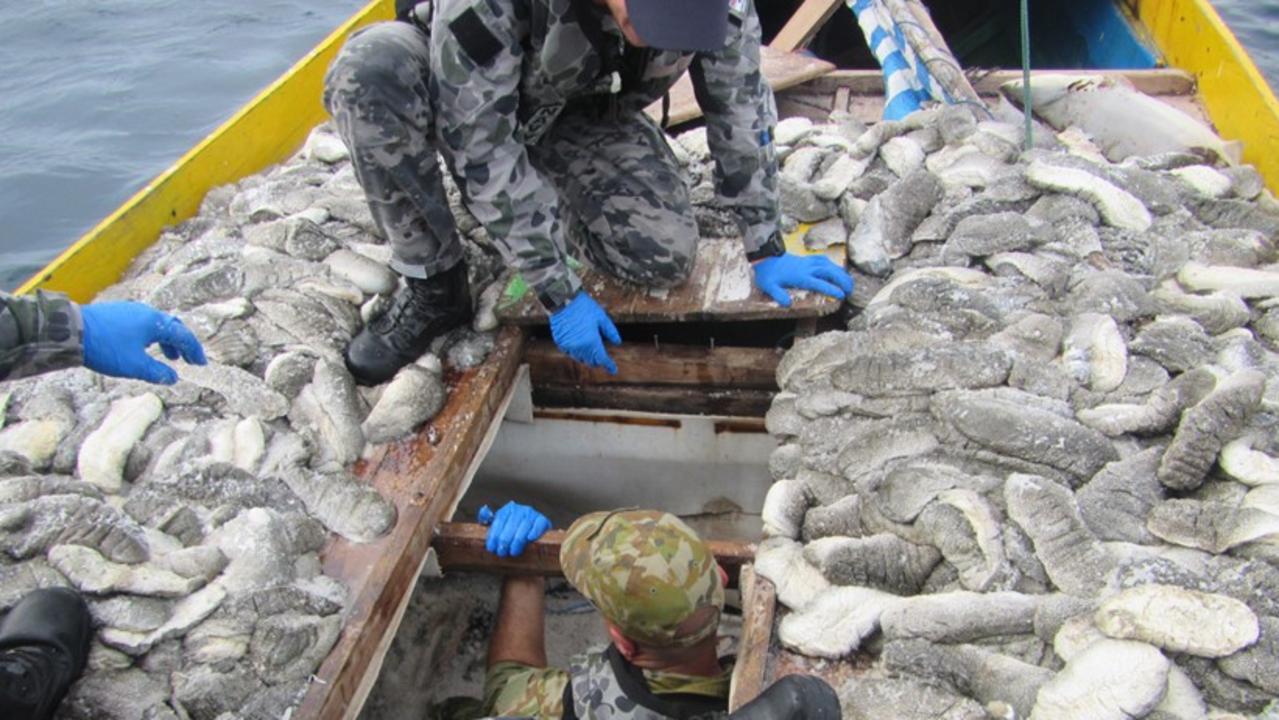Catch a snap at South Alligator
With Saturday the last day of the Barra Nationals, the South Alligator River may be a worthy weekend fishing option.
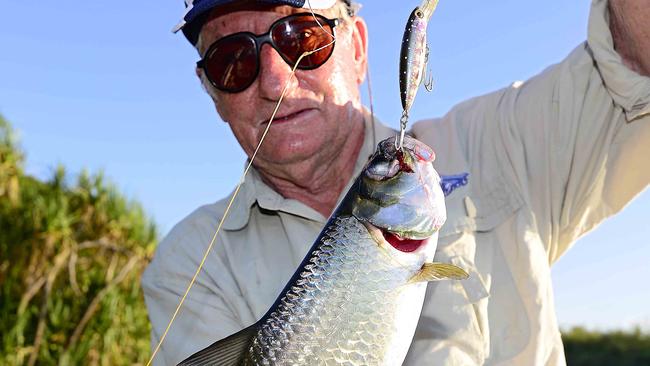
Fishing
Don't miss out on the headlines from Fishing. Followed categories will be added to My News.
With Saturday the last day of the Barra Nationals, the South Alligator River may be a worthy weekend fishing option.
The tides are moving right into the neaps, so water clarity will be enhanced, particularly around Nourlangie and the top half of the river where there is still some freshwater flow hasn’t started to fish well yet, but I’m tipping that this weekend it could really fire up on the big tides.
Hopefully, there will still be a few feeder creek mouths and smaller gutters to fish.
Obviously, you’ll be looking for colour changes, especially those creeks that have dark, clear water running out their mouths and into the murkier water of the main river.
You’ll probably find these creek mouths will fish best during the first half of the run-in as the water backs up and the downstream current slows down.
Another option will be to fish the upstream rock-bars, which are where you are most likely to strike that big metre-plus girl you’ve been chasing for so long.
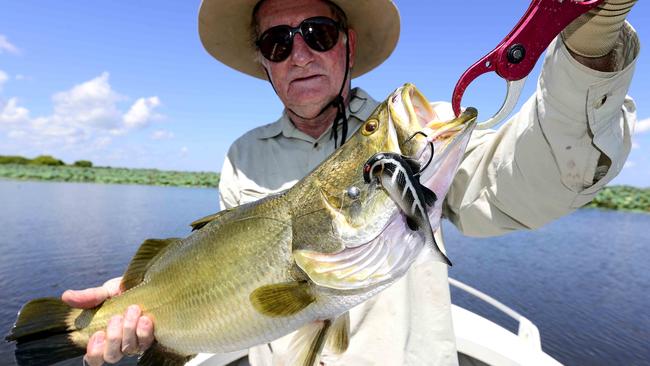
My favourite is Big Foot’s rock-bar, immediately below the mouth of Leichhardt Creek.
If you don’t know where Leichhardt is, it’s easy enough to work it out because it’s the last significant creek mouth on the right-hand side heading upriver before you reach The Forks where the river divides.
The rock-bar starts about 500m to a kilometre below Leichhardt Creek.
The thing is that you can’t really miss it, and around the bottom of the tide you’ll probably see heavily disturbed water where the ripping current will be streaming over it.
The best time to fish this great spot is just as the current begins to slow down as the big incoming tide begins to make its impact further downstream.
You can either troll it or anchor/drift and cast big soft plastics. Trolling has been the traditional method.
Typically, at the bottom of the tide, and with the current slowing, you might commence with a lure that dives 2-3m.
A favourite of mine is the good old Killalure Barra Bait.
As the tide rises, you might switch to a Classic 120 10+, then to the same but with a 15+ bib as the water starts to really deepen over the bar.
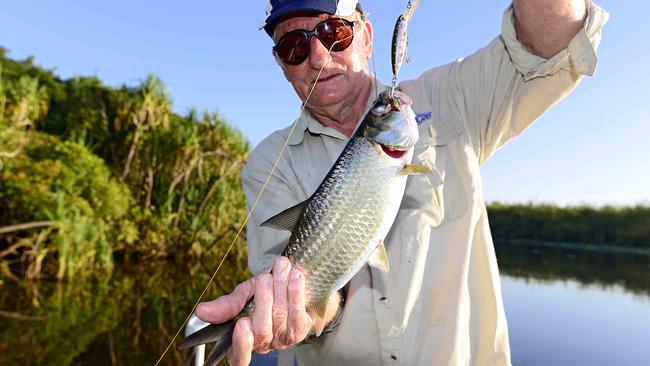
You can even catch barra trolling this rock-bar right at the top of the tide.
But you’ll need to go for a serious deep-diver like a Killalure 2Deep, Killalure Needlenose or a Reidy’s Goulburn Jack, and troll with the current to make sure it hits the rocks intermittently.
That’s really the secret to this rock-bar – and just about all barra-stocked rock-bars – when you’re trolling: you must get your lures to bang periodically over the rocks.
The reason is that feeding barra will be holding behind little ledges and bumps, waiting for some tucker to swim by in the current above. I think also the noise alerts them and gets them toey for some action.
Colour preferences are all about water clarity. A simple rule of thumb is, the dirtier the water, the brighter and more contrasting the lure.
As far as soft plastics go, it’s hard to go past Squidgy Slick Rigs.
Although you can drift and work the softies across the bottom, my preference is to anchor immediately near structure on the downside of the current flow – especially if you have sounded up some fish first – and cast your softy as far upstream as possible, working it back down with the current so that it bounces over the rocks.
If a barra sees it, it will gulp it down for sure.
Other rock-bars that can be fished the same way are the Nourlangie Rock-bar about 500-700m inside the Nourlangie Creek mouth, and the bar in the main river three bends below Nourlangie Creek mouth; but this will depend on water clarity.

